That Bar of Soap By Your Sink is a Secret Workshop Superstar
I’ve spent the better part of my life working with my hands—tinkering in the garage, wrestling with old house projects, you name it. And if there’s one thing I’ve learned, it’s that the best tools are almost never the most expensive or complicated ones. We get so caught up looking for a specialized gadget for every little problem, but sometimes, the perfect solution is already sitting in a dish by the sink. I’m talking about a good old-fashioned bar of soap. Not the fancy liquid stuff, but a solid, humble bar.
In this article
- First, Let’s Go Shopping: Your Soap Toolbox List
- Not All Soap is Created Equal
- Soap as a Dry Lubricant (Your New Best Friend)
- Heads Up! Common Soap Mistakes to Avoid
- Soap as a Filler and Marker
- Soap as a Repellent and Deodorizer
- The Most Critical Use: Detecting Gas Leaks
- A Tool Worth Respecting
- Inspirational Gallery
Most of us only see soap as one thing: a way to get clean. But in my world, it’s a killer lubricant, a sneaky filler, a handy marker, and even a way to keep pests at bay. These aren’t just weird ‘life hacks’; they’re time-tested techniques that really work because of the way soap is made. Understanding this can save you a ton of frustration and maybe even a trip to the hardware store.
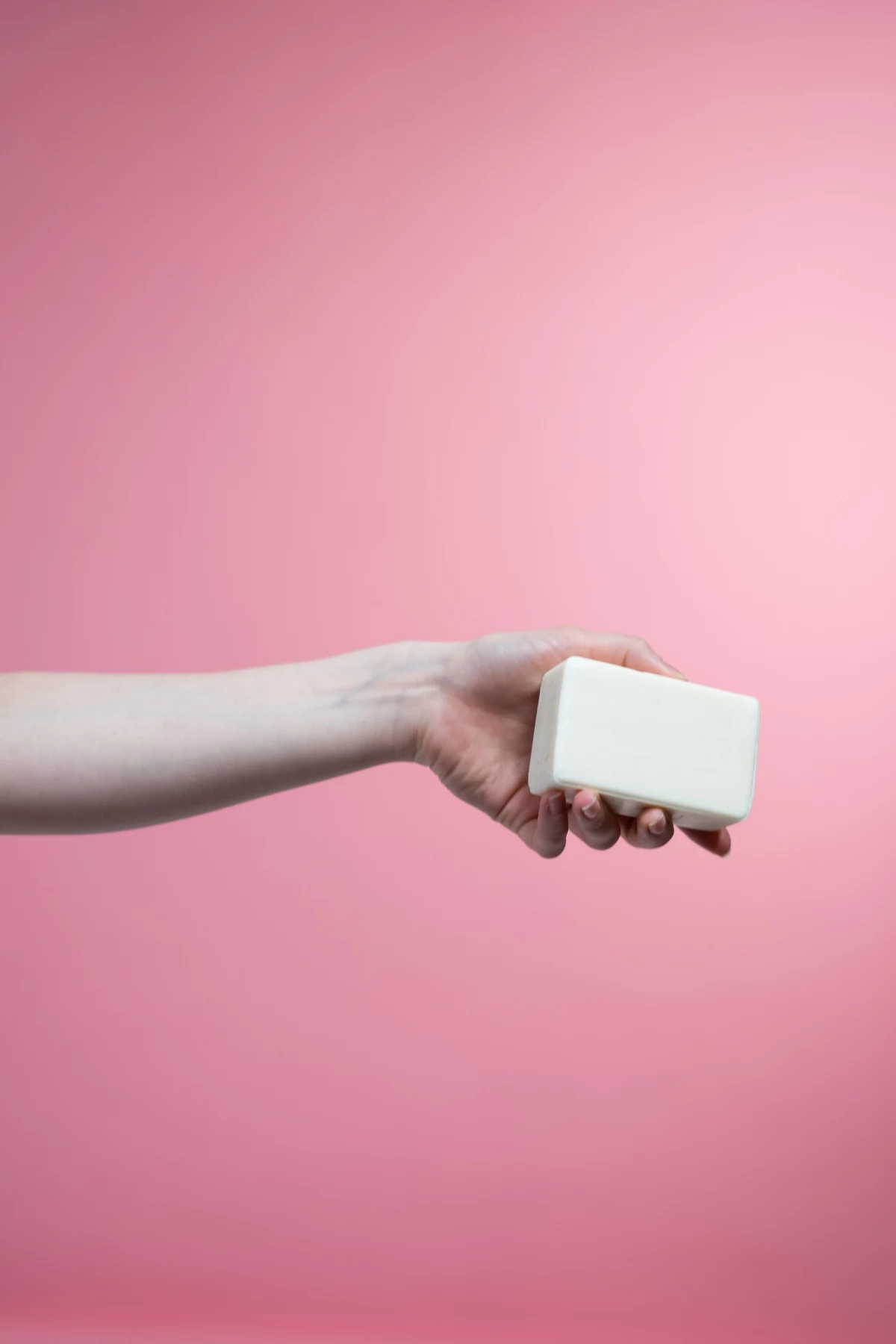
So let’s look at that simple bar of soap as a legitimate tool. We’ll go over how to pick the right kind for the job, explore the ways I use it constantly, and I’ll be honest about where it falls short. Because, let’s be real, soap isn’t magic, and using it wrong can make a bigger mess. But with a little know-how, it absolutely earns its place in your toolbox.
First, Let’s Go Shopping: Your Soap Toolbox List
Before we dive in, let’s talk about what you should actually have on hand. You don’t need a whole aisle, just a few key types. Think of this as your starter kit.
- A Hard Utility Soap: This is your workhorse. Look for those classic, heavy-duty laundry bars, often found in the laundry aisle for just a dollar or two. They’re tough, dry, and perfect for lubrication because they aren’t greasy.
- A Pure White Bar: You’ll want a basic, unscented, pure white soap for anything that might touch walls or light-colored fabric. The classic air-whipped bars are a great choice and super cheap.
- A Strongly Scented Natural Soap: For deodorizing or pest-repelling tasks, grab a bar with a powerful natural scent. Think lavender, cedarwood, or peppermint. You can find these at farmers’ markets or health food stores, usually for between $5 and $8.
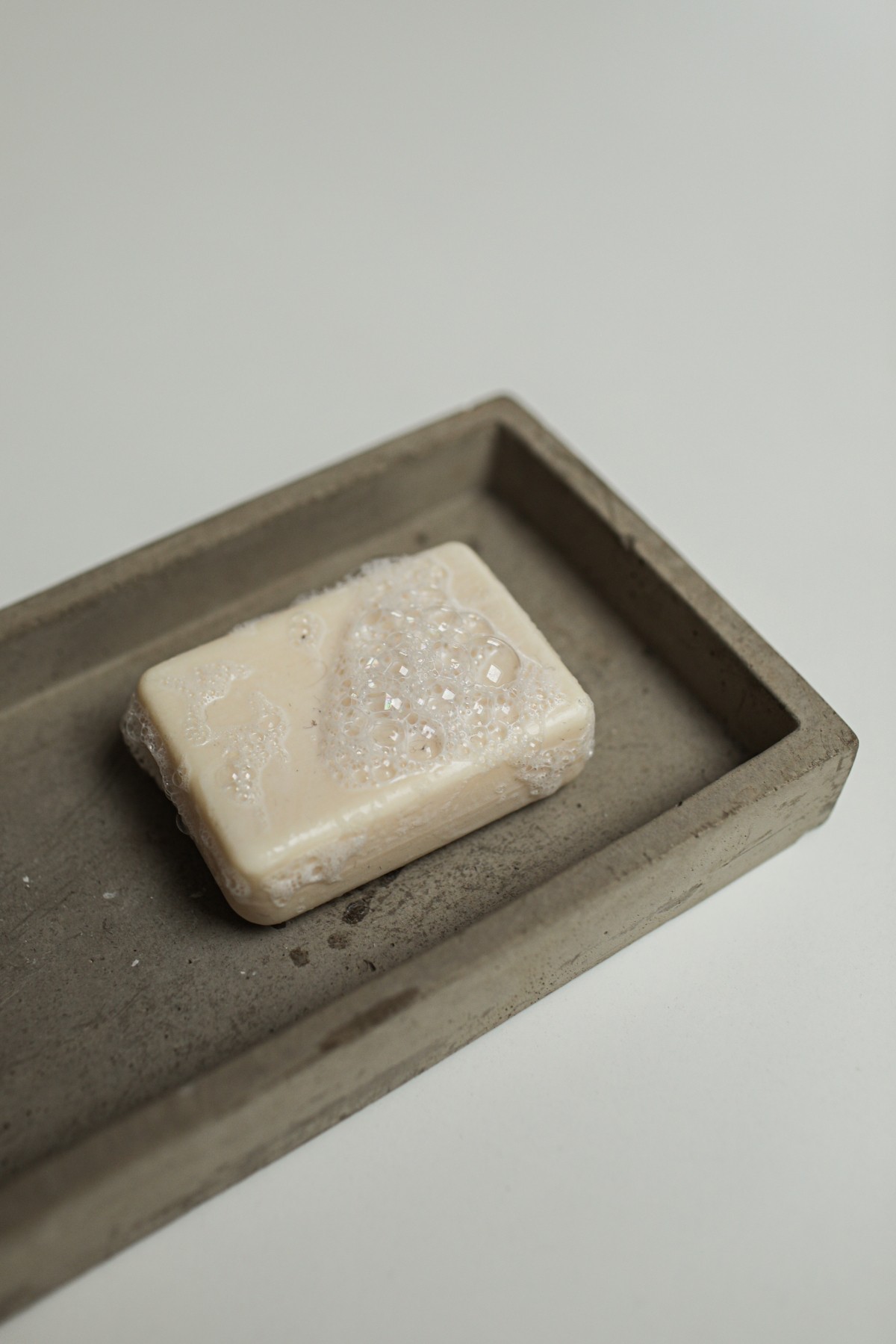
Not All Soap is Created Equal
Okay, so why be so picky? The effectiveness of these tricks depends entirely on the type of soap you use. It all comes down to the difference between ‘real soap’ and the other stuff.
At its heart, true soap is made from a mix of fats or oils and an alkali. This process creates soap salts (the cleaning part) and glycerin (a moisturizer). The type of fat used makes a big difference. Animal-fat soaps, for example, are incredibly hard and dry, making them ideal for workshop tasks where you need a firm, waxy material. Softer soaps made from olive oil are great for your skin but can be a bit slimy for these purposes.
Here’s the catch: many bars you buy today aren’t technically soap at all. They’re synthetic detergent bars, or ‘syndet’ bars. They’re made from petroleum-based stuff and, while they clean just fine, they just don’t have the waxy, lubricating texture of true soap. For almost everything we’re about to discuss, you want to stick with a real, old-school soap bar.
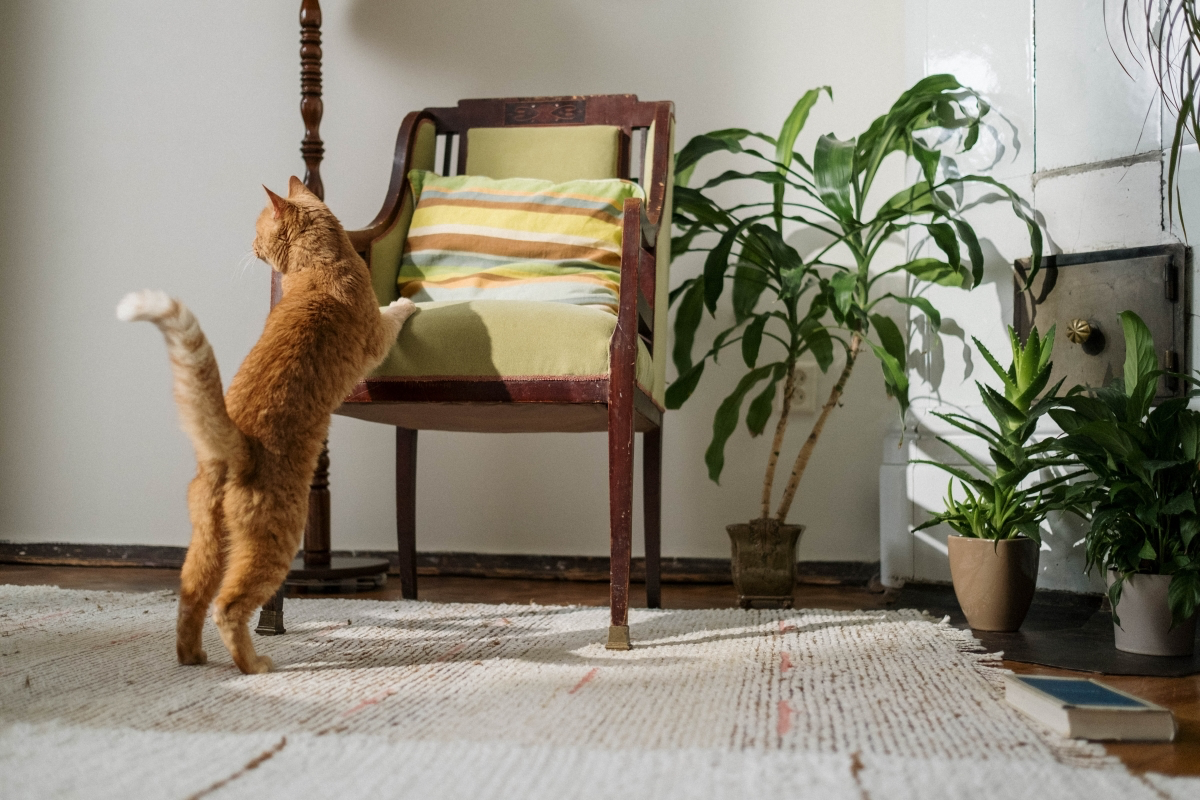
Soap as a Dry Lubricant (Your New Best Friend)
One of my favorite and most-used tricks is using soap as a dry lubricant. It just makes life easier by reducing friction, which prevents damage and saves you a lot of elbow grease.
Making Screws and Nails Glide In
Ever tried to drive a long screw into a piece of dense hardwood like oak? The friction can get so intense it can scorch the wood or even snap the head right off the screw. I’ve been there, and it’s infuriating. An old-timer on a job site showed me this trick years ago, and I’ve used it ever since.
Just take your screw and drag the threads across a dry bar of utility soap. You just need a light coating. Honestly, it reduces the force needed so much that driving a 3-inch screw into old oak starts to feel more like driving it into soft pine. It’s a game-changer. The same goes for nails—a quick poke into a bar of soap helps them sink smoothly without splitting the wood.
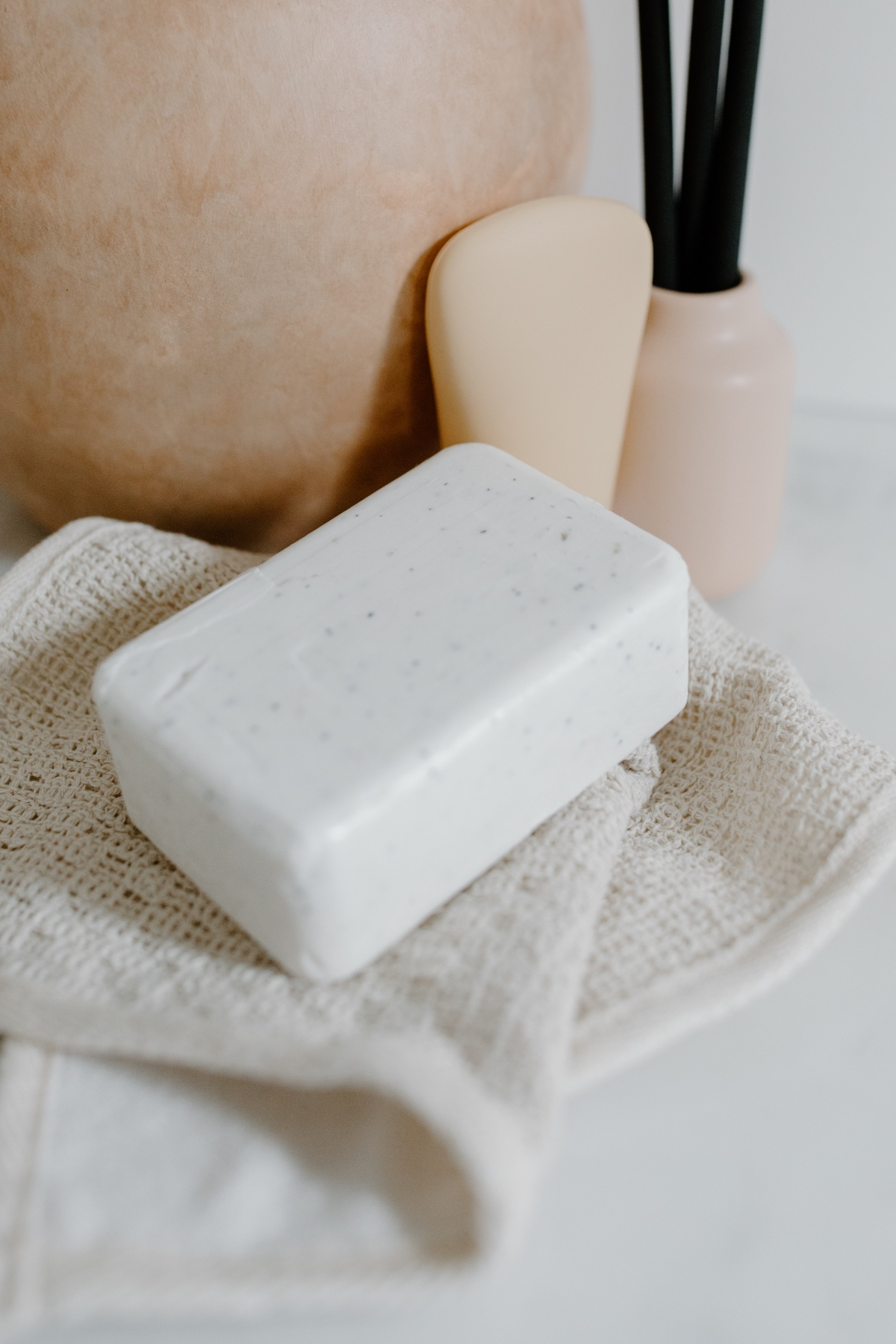
Quick tip: This is a wood-only technique. Never use soap on screws that need a thread-locking compound, as the waxy soap will prevent it from setting properly.
Other Smart Lubrication Tricks
- Squeaky Hinges & Drawers: A squeaky door is enough to drive anyone crazy. While oil is the permanent fix, soap is a fantastic, clean, and fast alternative. Just lift the hinge pin partway, rub the pin with a dry bar of soap, and work it back into place. For sticky wooden drawers, rub that same bar along the bottom edges of the drawer and the runners inside the cabinet. They’ll glide like new.
- Your 5-Minute Challenge: Go find the stickiest drawer in your house right now and try this. I bet you’ll be amazed at the difference a few seconds of work can make.
- Stuck Zippers: A stuck metal or plastic zipper can often be freed by rubbing the teeth on both sides with a dry bar of soap. A plain wax candle works great for this, too. Just be careful not to get it on the fabric.
Heads up! Remember that soap as a lubricant is usually a temporary solution. It will eventually wear away or get gummed up with dust, so you’ll need to reapply it every few months.
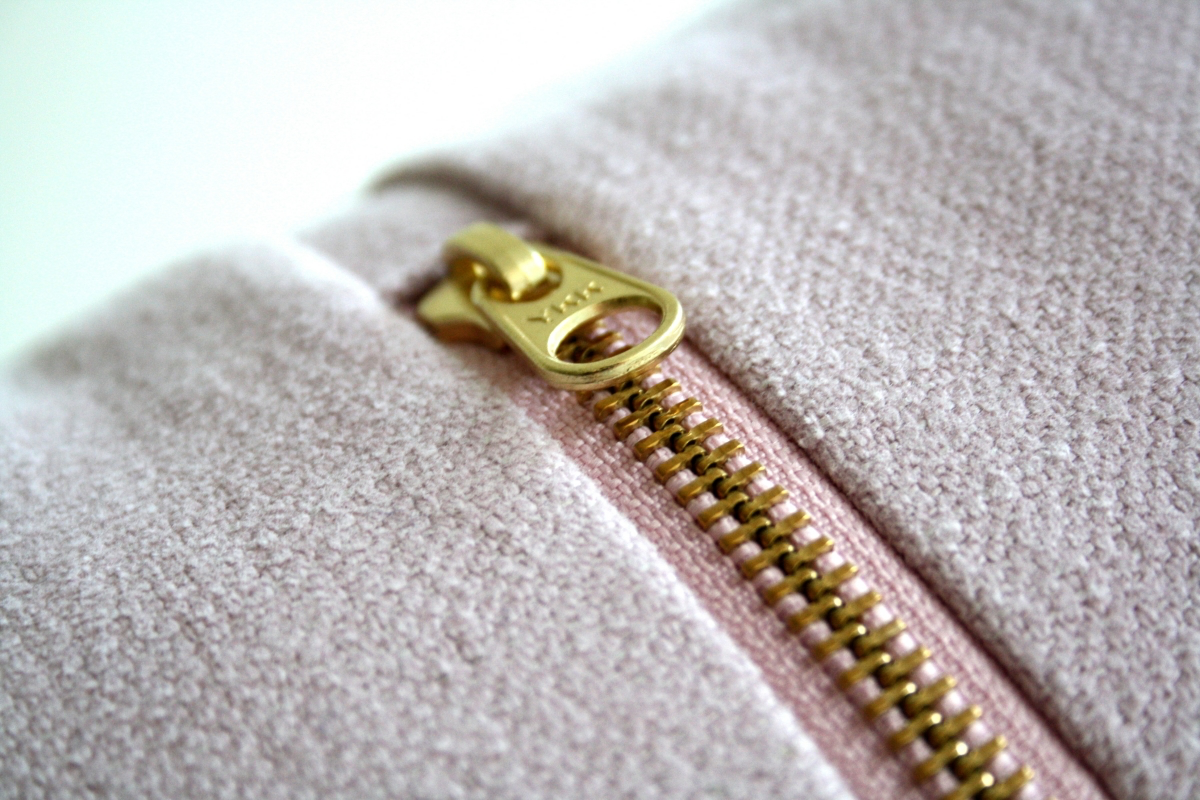
Heads Up! Common Soap Mistakes to Avoid
Before you go rubbing soap on everything, let’s cover a few things that can go wrong. A common mistake can turn a quick fix into a real headache.
- Don’t use a wet or greasy bar to mark wood. If the soap has too much moisture, it will leave a greasy spot that wood stain and finishes won’t be able to penetrate. Always use a very dry, hard sliver.
- Don’t use a colorful ‘beauty bar’ to fill a hole in a white wall. You’ll just end up with a splotchy, greasy, colored mess that’s way more noticeable than the original nail hole.
- Don’t grab any old dish soap for making insect spray. Most dish soaps are detergents, not true soaps. They will strip the protective waxy coating off your plant leaves and can do more harm than good.
- Don’t think of soap as a permanent mechanical fix. Quieting a hinge is great, but it’s not a substitute for proper maintenance on something that’s truly broken or worn out.
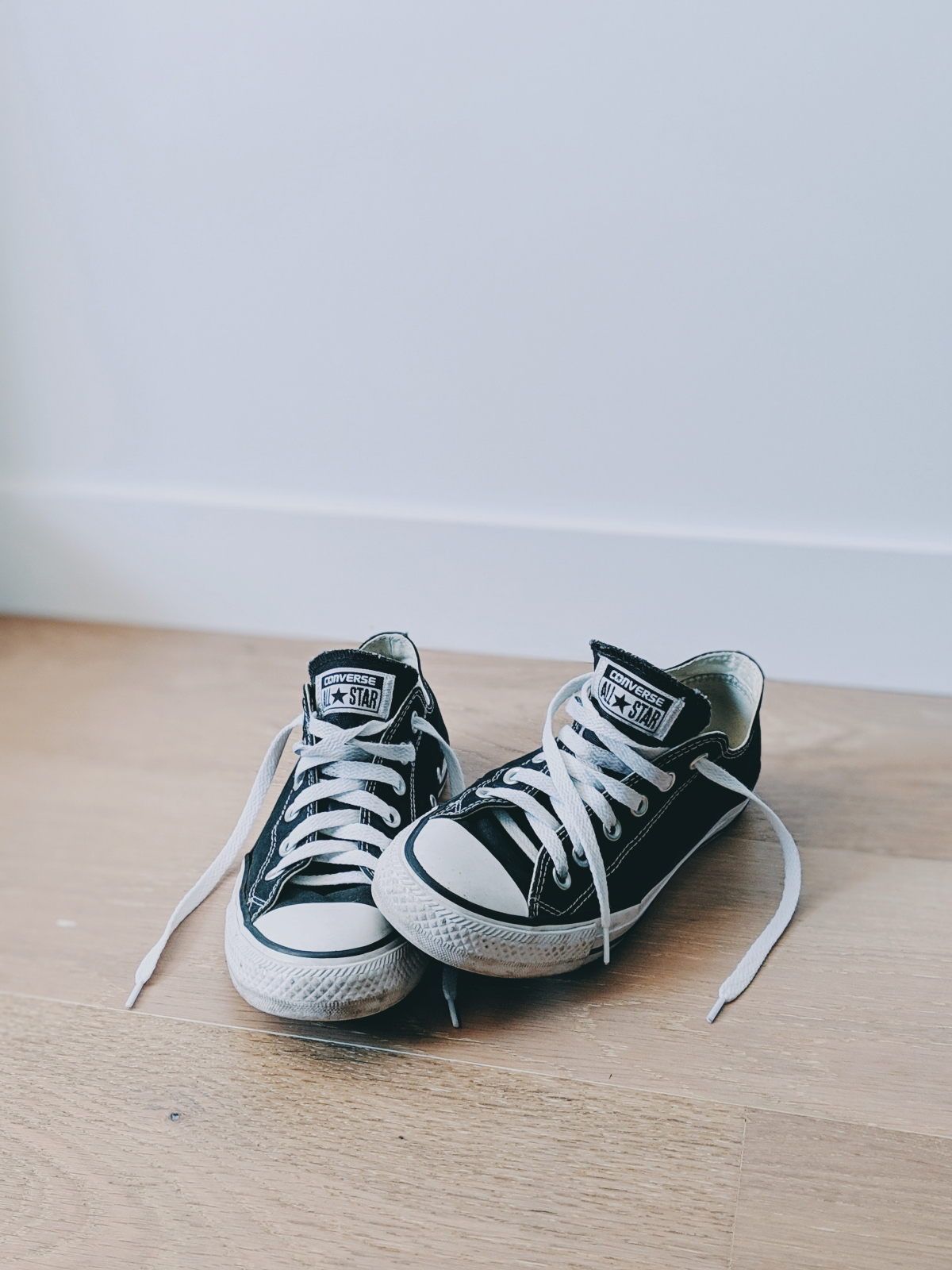
Soap as a Filler and Marker
The waxy consistency of soap also makes it a surprisingly useful, though very limited, tool for filling and marking.
The Controversial Wall Hole Fix
Alright, let’s be very clear about this one. Using soap to fill a nail hole is a cosmetic cover-up, not a real repair. It’s the kind of thing you see in rental properties, and frankly, it’s a bit deceptive.
If you must, pick a bar of soap that perfectly matches your wall color (a pure white bar for a standard white wall is your best bet). Press the corner of the bar into the hole to fill it, then use a damp cloth to gently smooth it flush. From a distance, it can look pretty good. But this is only for the tiniest of pinprick holes—we’re talking smaller than 1/16th of an inch. Anything bigger, like a screw hole, and you need to use actual spackle. The soap will shrink, discolor over time, and a landlord who finds it will almost certainly charge you for a proper repair. Use this trick at your own risk.
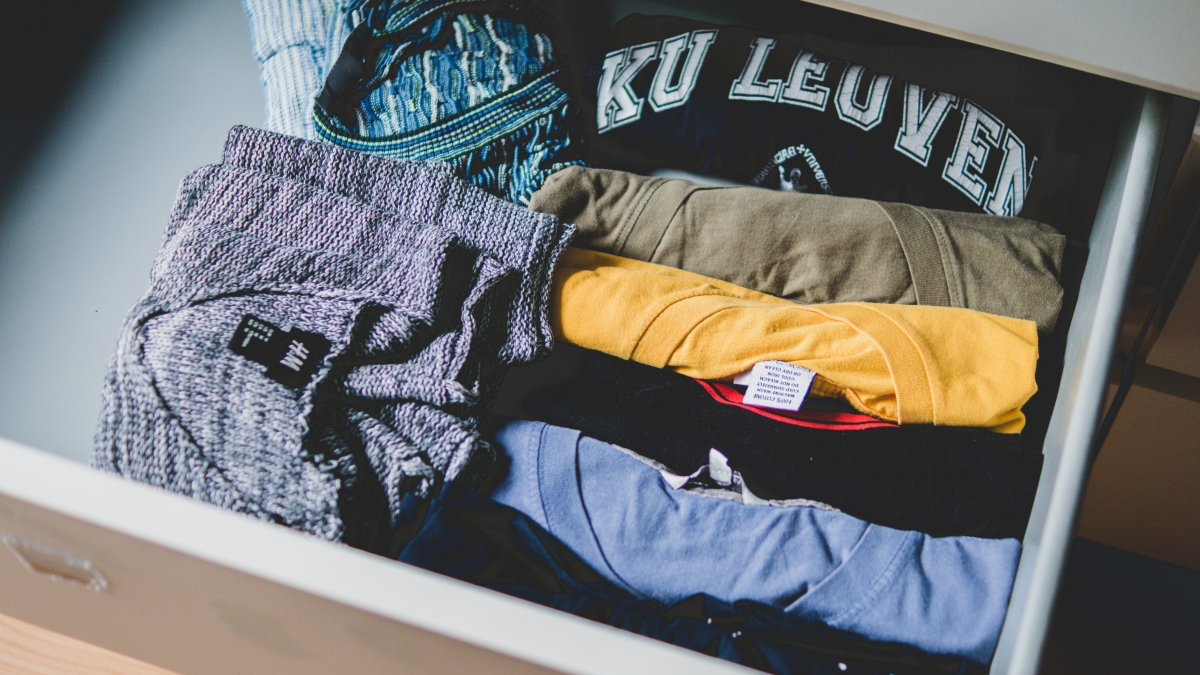
Marking Fabric and Wood Like a Pro
Long before fancy marking pens existed, pros used slivers of hard soap to mark materials. I keep a thin, worn-down piece on my workbench just for this. A shard of white soap makes a super sharp, visible line on dark fabrics and, unlike some tailor’s chalk, it washes out completely with zero residue. On dark woods like walnut, a soap line is much easier to see than a pencil mark and it won’t dent the wood. Just brush it off when you’re done.
Soap as a Repellent and Deodorizer
The strong smell and chemical nature of soap can also be put to work keeping things fresh and discouraging some unwanted guests.
Keeping Pests Out of the Garden
Some animals, like deer, really dislike strong, unnatural smells. Hanging a few bars of a famously strong-scented green deodorant soap around your garden can help deter them. To keep the scent powerful, you’ll need to shave the bars with a knife every 2-3 weeks, especially after a heavy rain.

By the way, this isn’t a foolproof system. A really hungry deer will just ignore it. And while some people sprinkle soap shavings around plants, be aware that this can change your soil’s pH and sometimes even attract slugs. Use with caution.
A Proper Insecticidal Soap Spray
You can make a legitimate horticultural spray to deal with soft-bodied insects like aphids and mites. But you can’t just use any soap.
- The Recipe: You must use a true soap, not a detergent. If you only have a bar, grab your cheese grater and grate about 2 tablespoons of a pure, unscented soap. Dissolve this completely in 1 cup of very hot water, stirring until there are no clumps. Then, strain the solution through a cloth to avoid clogging your sprayer. Add this concentrated mix to a gallon of water and you’re ready to go.
- How to Use It: Spray plants in the early morning or evening, not in direct sun. You need to get total coverage, especially on the undersides of leaves where pests love to hide. The fatty acids in the soap break down the insects’ outer shells, but it only works when it’s wet and makes direct contact. Always test on a small leaf first and wait a day to make sure your plant can handle it.
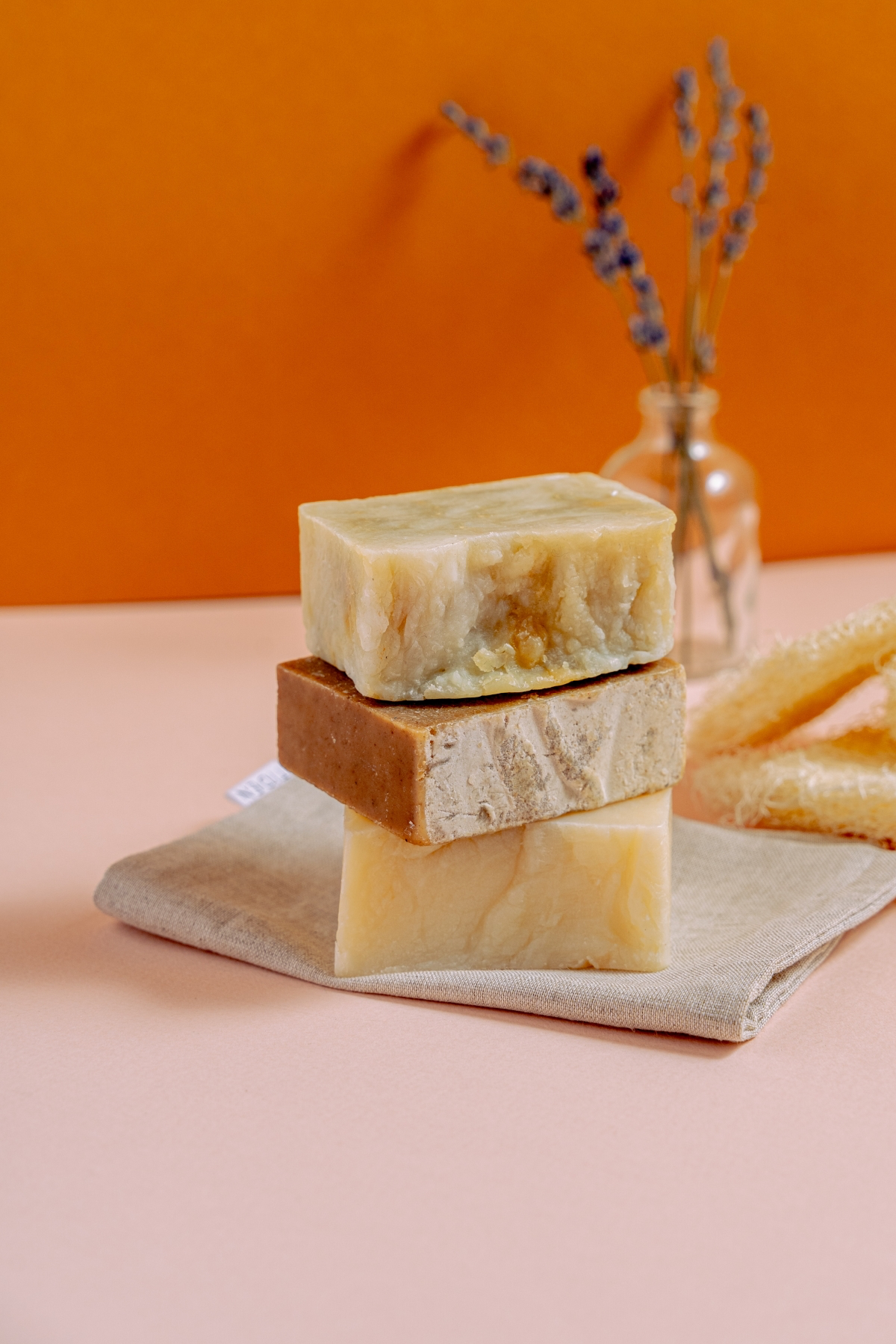
A Quick Fix for Stinky Shoes and Musty Drawers
Because it’s porous, soap is pretty good at absorbing moisture and odors. Tucking a dry, strongly scented bar of soap (peppermint or tea tree are great) into stinky shoes overnight can make a big difference. To avoid any waxy residue, pop the bar in a small cotton bag first. For drawers and closets, wrapping a bar of lavender soap in a thin cloth and tucking it in a corner will lend a subtle, clean scent to your clothes and can help deter moths.
The Most Critical Use: Detecting Gas Leaks
Let me be crystal clear: this last technique is a standard, professional diagnostic tool, not a casual ‘hack’. It demands absolute respect for safety.
If you suspect a very small natural gas or propane leak at a fitting, you can use a soap solution to find it. Mix a bit of dish soap with water until it’s bubbly. Dab this solution onto the pipe joint you’re worried about. If gas is escaping, it will blow bubbles in the soap film—from tiny foam to larger, growing bubbles.
EXTREME SAFETY WARNING: This is only for pinpointing a tiny, suspected leak. If you walk into a room and smell gas strongly, DO NOT do anything else. Don’t flip a switch, don’t use your phone, don’t light a match. Just leave the building immediately, get a safe distance away, and call your gas utility’s emergency line or 911. A bubble test is a confirmation tool, not a license to do your own gas repairs. That is a job for a licensed professional. Period.
A Tool Worth Respecting
So, that simple bar of soap is a lot more than it seems. It’s a perfect example of how simple, everyday materials become powerful tools when you understand what they can do. From easing a screw to finding a dangerous leak, its properties have been trusted for generations. So go ahead, toss a couple of bars in your toolbox. But always remember their limits. Knowing when soap is the perfect fix—and when it’s time to grab the spackle or call a pro—is what really separates the beginners from the experts.
Inspirational Gallery
The Carpenter’s Secret: Rub the threads of a screw with a dry bar of soap before driving it into hardwood. The waxy coating acts as a fantastic lubricant, reducing friction and torque. This simple trick not only makes the job easier but also dramatically lowers the risk of splitting the wood or stripping the screw head. It works far better than you’d expect.
- Prevents painful splinters when working with rough lumber.
- Quiets a squeaky hinge or floorboard in a pinch.
- Makes old, sticky wooden drawers slide like new again.
The key to all these fixes? A hard, dry bar of utility soap, like Fels-Naptha, rubbed directly onto the problem area until a light film is transferred.
For centuries, cabinetmakers have used waxes and soaps to ensure tight, smooth-fitting dovetail and mortise-and-tenon joints. It’s a non-staining, time-tested method for precision woodworking.
Can you use any bar of soap from the bathroom?
Be careful. Many modern ‘beauty bars’ or moisturizing soaps contain added lotions, creams, and glycerins. While great for your skin, these additives can leave a greasy, sticky residue on wood or tools, which may attract dust and grime over time. For workshop tasks, always stick to basic, low-moisture laundry or pure soaps like Ivory for the cleanest result.
Don’t throw away those small soap slivers! Collect them in an old tin. When you have a handful, add a few drops of water and mash them into a thick paste. This DIY lubricant is perfect for applying to hard-to-reach spots, like the inner workings of a lock or the track of a stubborn window, without making a mess.
Fels-Naptha: This classic, amber-colored laundry bar has a century-old reputation. It’s exceptionally hard and contains solvents, making it a powerhouse for lubrication and for pre-treating greasy stains on work clothes.
Zote: The pink or white bar from Mexico is much softer and larger. It’s made with tallow and citronella oil, giving it a distinctive scent that’s great for deodorizing toolboxes or closets while also serving its purpose as a general-purpose lubricant.
For pure mechanical lubrication, Fels-Naptha’s hardness is often superior.
A 2003 study from the University of Nebraska confirmed that the fatty acids in soap can effectively repel deer.
To put this to use, drill a hole through a few strongly scented bars of soap (like Irish Spring, famous for this use) and hang them from the branches of ornamental shrubs or non-edible plants. The scent creates a protective barrier that many garden pests dislike. Reapply after heavy rains.
An important heads-up: While soap is great for marking dark wood or metal for a quick cut, be aware that its oily nature can interfere with some wood glues and finishes. If you’re marking a piece for a fine joinery project, it’s best to keep the soap marks on the waste side of your cut line to ensure your glue bond or stain application is not compromised.
Unstick a stubborn zipper on a tool bag or old jacket by lightly running the teeth over a dry bar of soap. Work the zipper back and forth a few times to distribute the coating. It provides a dry, slick surface that won’t attract dirt the way oil-based lubricants can.
Struggling to clean up after a messy job? Before you start, scratch your fingernails across a bar of soap.
- It fills the space under your nails, preventing grease, dirt, or paint from getting lodged there.
- When you wash your hands, the soap dissolves easily, taking all the grime with it.










